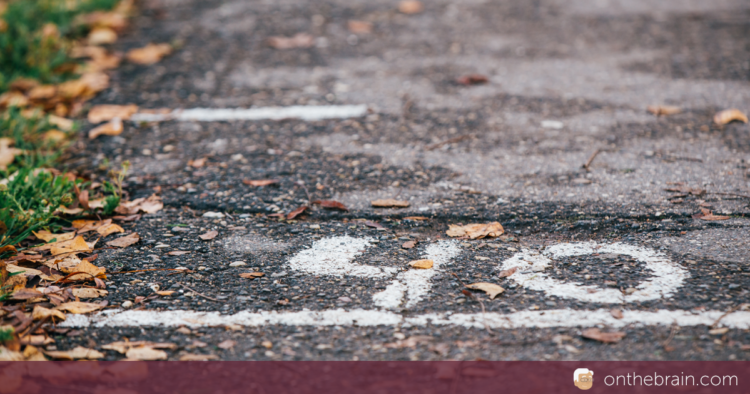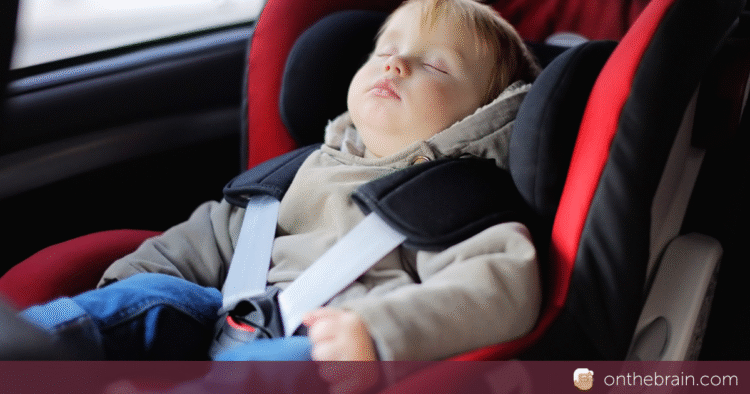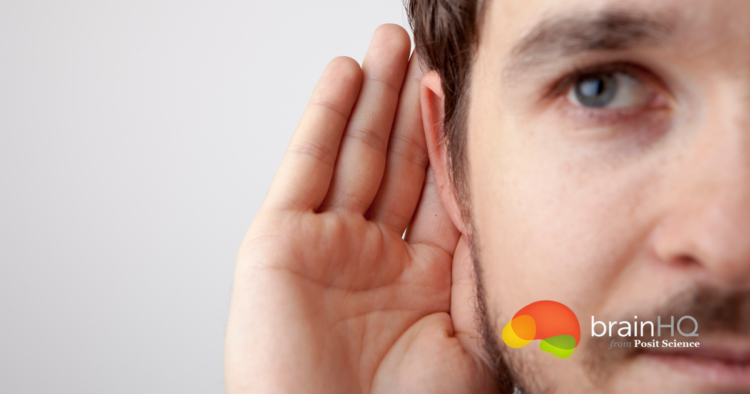Learning math on the streets
As in many places in the developing world, Mexican cities have many children on their streets and plazas, begging, or selling small trinkets of toys or whatever to whoever passes by. It is often difficult to turn these bright-eyed kids down, and by the end of the evening I can find my pockets full of…



